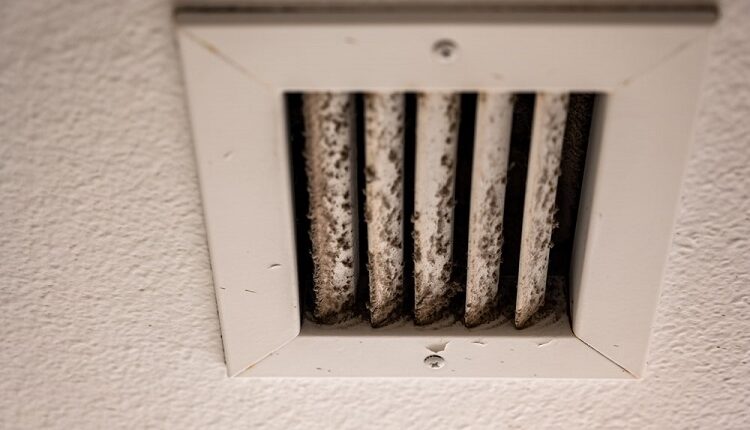There are a few harmful invaders that no one wants in their home, and one good example here is the presence of mold. Not only does mold smell and look bad, it’s known to be toxic to both humans and many pets, leading to significant health concerns in some cases if it’s breathed in over any notable period of time.
Luckily, keeping mold out of your house is simple if you know the right approaches. One area where mold may crop up if the right steps aren’t taken is the HVAC system — but with the proper attention and occasional service from HVAC professionals, this can easily be avoided. Here are the key themes to keep an eye on when it comes to preventing any mold growth or issues within your HVAC system.
Table of Contents
Humidity
Mold requires the presence of moisture to grow, so keeping humidity levels in check is a critical step in preventing it from taking hold. If your humidity levels are too high, you risk encouraging mold growth not just in the HVAC system, but all throughout your home.
There are several ways to reduce humidity if it’s too high, including:
- Dehumidifier: A dehumidifier can be a huge help in reducing humidity levels, and is especially effective in smaller spaces.
- Air Conditioning: Air conditioning can also be used to lower humidity levels, by cooling the air and causing it to hold less moisture.
- Ventilation: Proper ventilation is key in preventing high humidity levels, as it helps to remove excess moisture from the air.
- Filter: A good quality furnace filter will also help to keep humidity levels down by trapping excess moisture in the air before it can enter the HVAC system.
Condensation
Another theme you should be looking out for with regard to preventing mold in the HVAC system is condensation. Condensation refers to the water droplets that can form on the inside of your windows during the winter, and it’s also a common issue in the HVAC system. If left unchecked, condensation can lead to mold growth, as well as corrosion and other damage to the equipment.
There are a few things you can do to help reduce the amount of condensation present in your system:
- Proper maintenance: Components within your system known as the condensate lines and condensate drain pans are responsible for draining away any condensation that forms. Keeping these areas clean and clear is crucial in preventing any issues.
- Insulation: Proper insulation can help to keep the warm air in your home from entering the HVAC system and causing condensation to form.
- Thermostat: Make sure your thermostat is set to a comfortable temperature — if it’s too cold, you may be causing condensation to form on your windows and in the HVAC system.
Ventilation
We’ve already mentioned ventilation, but it’s so important that it deserves its own section. If your home and HVAC system do not have proper ventilation, this will lead to pockets of stagnant, moist air. This is a breeding ground for mold, and is something you’ll want to avoid at all costs.
Improving ventilation in the home and HVAC system is easy, and can be done through themes like fan usage, the placement of vents, and more. For the HVAC system, you may want to consider having a professional come in and help improve the ventilation system specifically.
By following these simple tips, you can keep your home and HVAC system mold-free and healthy for years to come.

